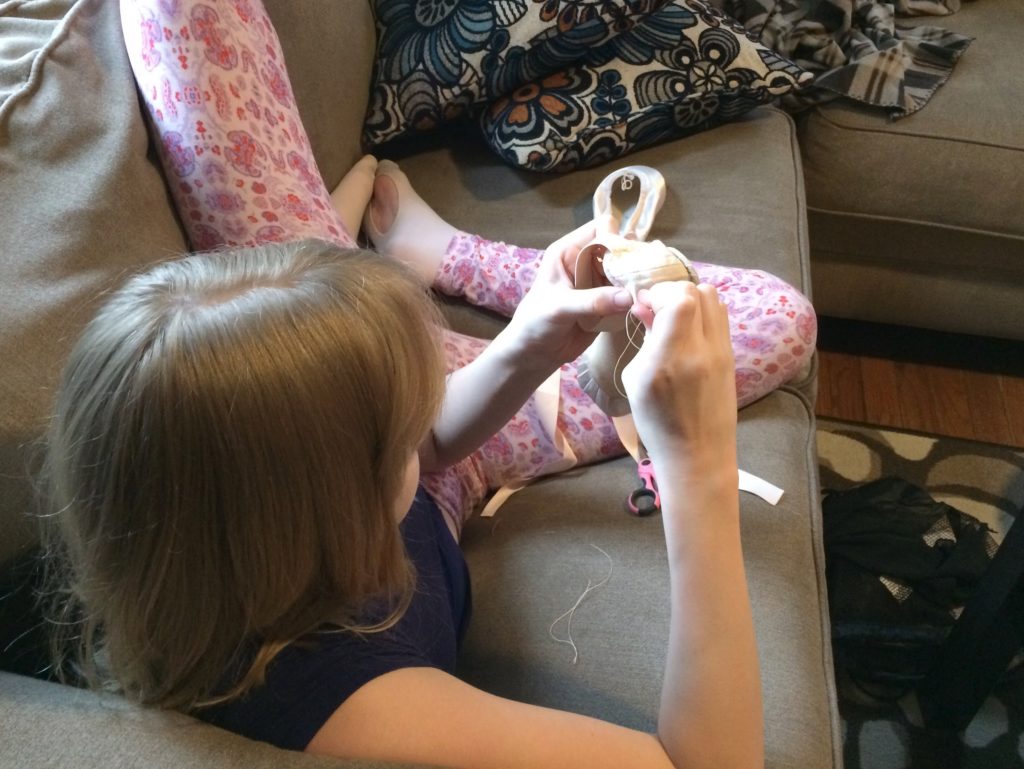As both as an art teacher and as a technology teacher, I have found one thing to be consistent: most children love to make things, although their creations are as different as the children who make them. Whether they are making a painting or sculpture in art class, or a robot or ScratchJr animation in technology class, students who are making are almost always engaged. When I hear other educators reflect on the difficulty of keeping students engaged in class, I typically can think of just a handful of students in the entire school who are not engaged in my classes. Knowing how completely engaged my own students are when making, I understand why making and the “maker movement in education,” are topics that everyone wants to discuss.
So, What is Making?
While some people think of making only in terms of modern technologies, like coding, circuits, and robotics, it refers to the creation of just about anything. According to Dale Dougherty, founder of Make Magazine, every one of us is a maker (Dougherty, 2011). He says we shouldn’t think of makers as inventors, because most people have a difficult time thinking of themselves that way. Instead, he says we should consider making to be more like tinkering: the ability to repair things or make things from scratch. This lost art seems to have been found again, but with a new name: making.

When my daughter learned to sew the ribbons on her ballet shoes, she gained confidence and took ownership. Wearing those shoes next to other dancers brought a sense of community.
Making is born out of two basic human needs: the need to create, and the need to be part of a community, to be social (Martinez & Stager, 2014). Our need to create can be fulfilled by making anything – a handmade dress, a clay bowl, a painting, a good meal, a refurbished engine, or anything else you can imagine. And our need to be part of a community helps to explain the increasing development of hackerspaces, Maker Faires, and other social gatherings that surround making. Dougherty (2011) says of the social aspect of making, “The opportunity to talk about that object, to communicate about it, to tell a story about it is another way we learn at the same time we teach others,” (p. 12). In other words, people love to get together, talk about what they made, and see what others have made.
This definition of making explains why my so many of my students are excited to create the sculpture or the robot, and why they are also excited to tell everyone about it. It’s why setting aside time in class for sharing is so important. According to Seymour Papert’s theory of constructionism, when students tell about what they make, they learn. Constructionism, according to Martinez & Stager, is “learning by constructing knowledge through the act of making something shareable,” (as cited in Rosenfeld Halverson & Sheridan, 2014, p. 498). It is clear, therefore, that I need to carve out time for sharing to facilitate student learning.
Why is Making in Schools Important?
Whether they are presented with a problem, or identify a problem on their own, students who are makers become problem solvers and critical thinkers. When they figure out a solution for which there is not one single answer, they see themselves as “competent problem solvers who don’t need to be told what to do next,” (Martinez & Stager, 2014).
The challenge for me, as with every other teacher, is time. There simply isn’t enough of it. Even in a district like mine, where there is a concerted effort to implement project-based learning programs like the one I teach, there never seems to be enough time to cover it all.
What Can I Do?
I can make a conscious choice not to try to teach every single bullet point at a full sprint. I can choose, instead, to use the time I have with my students to cover what I can through student-led inquiry and problem-solving.
Every day, I am privileged to take interesting and engaging learning materials and new technologies into my classrooms. My students are primed to look for problems, figure out answers, make models, and share what they’ve learned. Yet with limited time available to me, I have often felt pressured to rush through teaching every concept.
Although I won’t be getting more time with my students next year, I will get a fresh opportunity to decide how to use the time I have. Instead of focusing on quantity, I am going to focus on quality. I will let my students share what they have made, and in the process, discover what they have learned.
Resources
Dougherty, D. (2011). The maker movement. innovations, 7(3), 11-14. Retrieved from http://www.mitpressjournals.org/doi/pdf/10.1162/INOV_a_00135
Martinez, S., & Stager, G. (2014, July 21). The maker movement: A learning revolution. Retrieved from https://www.iste.org/explore/articleDetail?articleid=106
Rosenfeld Halverson, E., & Sheridan, K. (2014). The maker movement in education. Harvard educational review, 84(4), 495-504. doi:10.17763/haer.84.4.34j1g68140382063
Images
All images and videos in this blog post were created by Sarah Van Loo.

